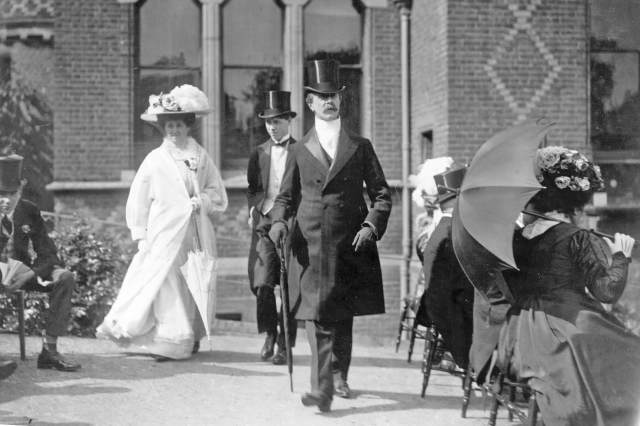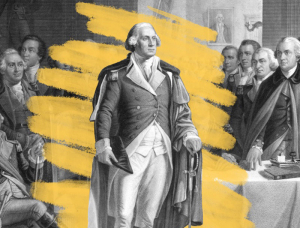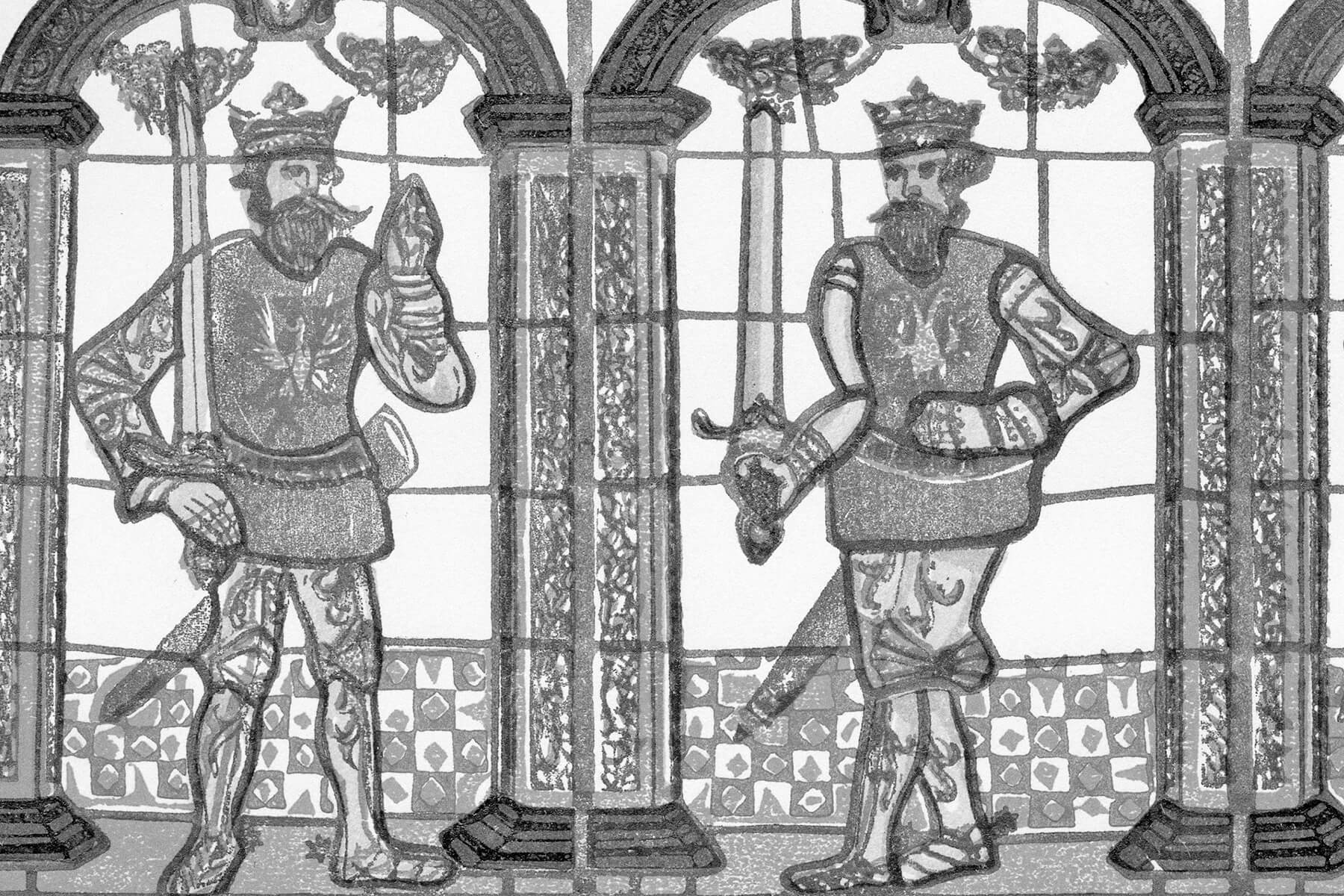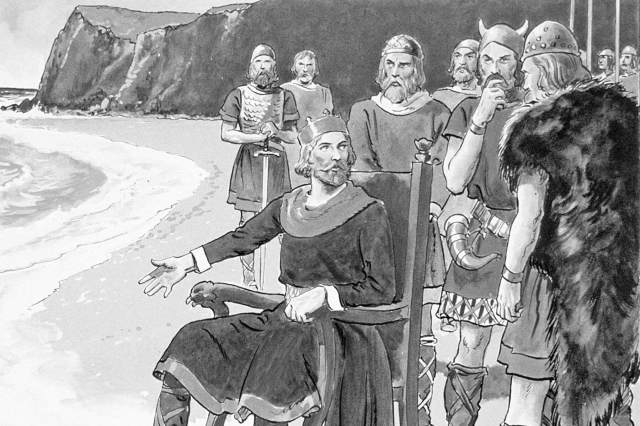What Did an English Earl Actually Do?
Even if you’re not from the U.K., you’re likely familiar with the titles of British nobility from countless movies and TV shows. Known as the peerage system, this noble hierarchy consists of five ranks today: duke, marquess, earl, viscount, and baron. The title of earl — the oldest in the peerage system — dates back to the end of the early medieval period, during the reign of King Canute (or Cnut) in the 11th century. It is equivalent to the rank of count in other European countries and has no feminine form, so a female with this title is known as a countess.
In the peerage system, nobles are often referred to by their titles rather than their surnames. These titles typically correspond to the names of an estate, earldom, or territory associated with the noble family. For example, Richard Neville, known as the “Kingmaker” for his pivotal role in the Wars of the Roses, was best known by his title, the Earl of Warwick.
Today, there are around 190 earls in the U.K., but while the title still carries prestige, the role is mostly ceremonial, with few formal responsibilities. Yet during the Middle Ages, earls were powerful leaders who wielded considerable influence over their territory and the kingdom at large. Here are a few of the duties that English earls were once expected to manage.

Earls Governed Large Regions of the Kingdom
During the early medieval period, before the creation of the titles of duke and marquess in 1337 and 1386, respectively, earls were the highest-ranking members of the nobility, second only to the royal family. Earls were appointed by the ruling monarch and were responsible for governing large areas of the kingdom. The lands they oversaw could include several shires (counties), collectively known as a “fief” or “earldom.”
Earls acted as royal governors, representing the king in their territories. They oversaw their estates, enforced royal laws throughout the earldom, made judgments in county courts, and collected fines and taxes for the crown from the people living on their lands. Earls were entitled to a share of the money they collected on behalf of the crown, so their lands served as a source of great wealth as well as power.
After the Norman Conquest in 1066, William the Conqueror began to make changes to the traditional system of nobility. He sought to limit the power of earls by ending their judicial control and tax-collecting responsibilities. They were also restricted to overseeing a single county and many of their former duties were taken over by the county sheriff.

















